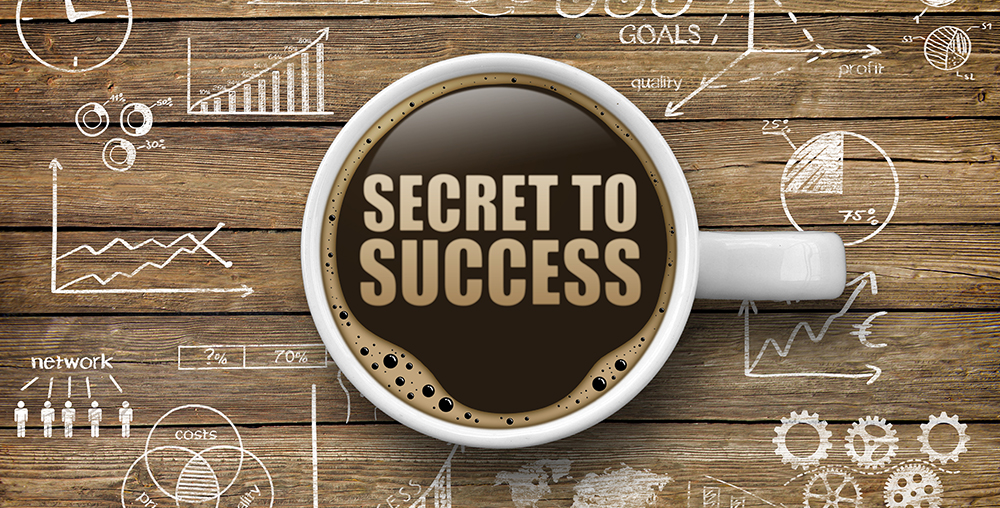
In the post-pandemic “new normal,” business strategy has become more important than ever before.
Business strategy is the cornerstone of the long-term success of your organization. A clear strategy aligns the activities of your company towards key goals. Long-term sustainable competitive advantage comes from a combination of competitive positioning and valuable organizational resources. Without these, your business is probably fighting short-term battles that, at best, generate short-term gains.
The secrets of business strategy are not complex. Long-term advantage derives from a unique value proposition for attractive market segments. A well-chosen and well-articulated strategy is an immensely powerful tool for an organization. It enables rapid decision-making, aligns collaborative and siloed organizational groups, and facilitates the development of sustainable and productive organizational culture.
Download Strategy Development Self-Assessment
Business Strategies Must Overcome Challenges
The challenge, for most organizations, takes three forms. First, businesses struggle to conduct strategic planning consistently and objectively. Many companies are weighted down by organizational legacy; strategic planning becomes a justification of “staying the course” rather than an honest appraisal of future opportunities.
Second, businesses are seduced into “strategy creep,” constantly expanding focus to try to be all things to all customers. This is a natural outcome when companies experience erosion in competitive position or overall profitability.
Third, businesses struggle to implement viable strategic vision. You’ve probably heard people talk about the problem of “turning the battleship;” more often than not the battleship is hard to turn because the captain shouting orders from the pilothouse can’t be heard by the people manning the engines or righting the rudder.
In the “new normal,” these challenges are exacerbated.
First, businesses have recognized the reality of a more uncertain world. Black swan events are real; unlike prior disasters, the pandemic has extended more than a year. Companies are putting in place contingency plans to prepare for, and even take advantage of, uncertainty and disruption.
In the near distance are the geopolitical glaciers of nationalism, climate disruption, and wealth inequality. Your business strategy will, ultimately, be affected by these, if it isn’t already. Does your competitive strategy give you the ability to succeed, and even thrive, through the next global disruption?
Second, the technological and globalizing trends of the past 25 years will continue to accelerate. The skill sets and networks that propelled tech ventures to global prominence are evolving, adapting to significant changes in sociodemographic trends, work life policies, and the emergence of the “experience” economy.
The boundaries between industries and markets are thinner than they have ever been—companies are finding new strategic synergies via purchasing trends revealed with previously unimaginable computational power. Does your strategy prepare your organization to fend off entrants while exploring entirely new business opportunities?
Third, the pandemic radically shifted the economics of the corporate built environment. Many companies are writing off significant building assets to accommodate the new “work-from-anywhere” framework. The implications go far beyond reduced corporate cost structures—everything we know about corporate culture, hierarchy, incentives, and performance monitoring will be deconstructed and rebuilt to accommodate entirely new corporate forms. Will your competitive strategy help you explore and exploit radical new business models?
Re-evaluating Your Business Strategy
Amdist all this complexity, executives still need to stay laser-focused on the core factors that drive competitive advantage. How do customers perceive the company’s products and services to be different from competitors? How does the organization leverage and build internal resources and capabilities to maintain and extend that differentiation? How does the organization invest limited financial resources to thrive in an uncertain world?
Download Strategy Development Self-Assessment
Think about your own organization for a moment. Have you been asking some or all of the following questions:
- Why has our overall performance (revenue, profit) stagnated or fallen behind industry average?
- Why do we keep hearing about all the innovation and progress at our competitors?
- Why do our customers tell us they’d like to buy from us but choose to buy from someone else?
- Why do we seem to have great strategic ideas but never seem to actually do anything different?
- Why do we seem to have the same strategic assessment year after year, even though we can see change happening around us?
- Why does it feel like we can’t seem to focus on a few things but are constantly trying to do everything?
If you are interested in learning more about how you can develop and implement competitive strategy at your organization, or how we can help with other talent, leadership, professional development, assessment, or coaching needs, contact us for a free Discovery Session.

Adam is an award-winning academic, serial entrepreneur, and experienced strategy consultant. He has co-authored three books on business models and entrepreneurship. Adam holds bachelors’ degrees in Aeronautical Engineering and Quantitative Economics from Stanford University, and MBA from the University of Wisconsin-Madison, and a Ph.D. in Innovation and Entrepreneurship from Imperial College London.